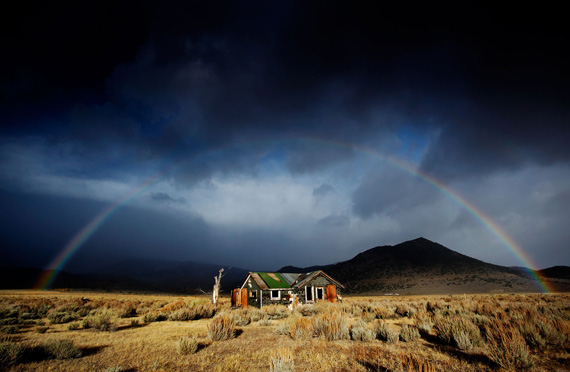In each and every art form there is always a medium or a number of specific mediums related to that particular art. For sculpture it can be stone, glass, or wood, whereas for painting it can be color, metal, or paint applied to a hard medium. The one specific medium of photography is light. But what do you know about it?

Photo by Pacheco
Unfortunately, when it comes to light in photography it is thought of only in terms of exposure. If there is enough light for the correct exposure, than it is just fine for most photographers. But there is much more to light then just exposure.
Light has various properties that ultimately produce different effects. It is imperative that a photographer understand light so that he or she can take advantage of and control the light. In order to comprehend light, you must be familiar with its properties.
Light has three main properties that are of particular interest to a photographer:
1. Quantity
This is also referred to as the intensity of light. The amount of light available will determine the exposure and vibe of the photo.
2. Quality
This refers to the type of light that will produce a definite level of contrast and depth. This is of extreme importance when doing portraiture.
3. Direction
The direction from which the light is hitting your model determines the overall appearance of the person or subject being photographed.
It is important to note that these properties are present both in natural and artificial types of light.
Outdoor Photo Shoots Using Natural Light
When doing an outdoor photo shoot, you should keep a few points in mind in order to archive the desired effects. A photo shoot can be done at sunrise, midday, dawn, or even during the night. Remember that moon light is another source of natural light.
It must be pointed out that there is no correct type of light for each and every subject, but in terms of texture, shape, and depth, a type of light is preferred over another.

“Standing Goblins” captured by PictureSocial member nathan mccreery
The following are some effects produced by natural light. By understanding these attributes, light can be used to your advantage.
Direct Sunlight
Textures are prominent and details are sharp. It creates strong shadows and in turn high contrast. Color is very saturated though it degrades highlights easily.
Diffused Sunlight
Shadows are softer and contrast is low. Strongly diffused light reduces color saturation and can create an unhappy feeling. On the other hand, moderately diffused light gives better color saturation from most directions.
Fog
Fog and mist greatly reduces details and shadows and creates an enveloping type of light. It produces weaker colors. Particular care must be taken since this type of light tends to produce flare.
Understanding the various properties of light is vital to creating the specific moods and effects needed for each and every outdoor photo shoot. By learning to handle light properly the opportunities in creating better and more creative work are endless.

Photo captured by PictureSocial member Meghan Rogers
Next time you are directing and posing your models, make sure that you have analyzed the type of natural light you are working with. This way you are sure to get the best results.
About the Author:
Michael Abela (michaelabela.weebly.com) is a member of the Malta Photographic Society (MPS), a public speaker and an article writer for various entities.
Like This Article?
Don't Miss The Next One!
Join over 100,000 photographers of all experience levels who receive our free photography tips and articles to stay current:






I have thought so many times of entering the blogging world as I love reading them. I think I finally have the courage to give it a try. Thank you so much for all of the ideas!
I didn’t have any expectations concerning that title, but the more I was astonished. The author did a great job. I spent a few minutes
reading and checking the facts. Everything is very clear and understandable. I like posts that fill in your knowledge gaps. This one is of the sort.
Once upon a time the light came alive, I loved it and now it’s up in the sky so it’s gone.
this didn’t help at all
Fr Dawg
Great advice. I need to play with light more, especially as I love to use nd filters, I bet the effects can be amazing
Good advice and amazing reference images. I find a cloudy day where the sun peeks in and out to be my most enjoyable days of shooting. I suppose that would be considered diffused.